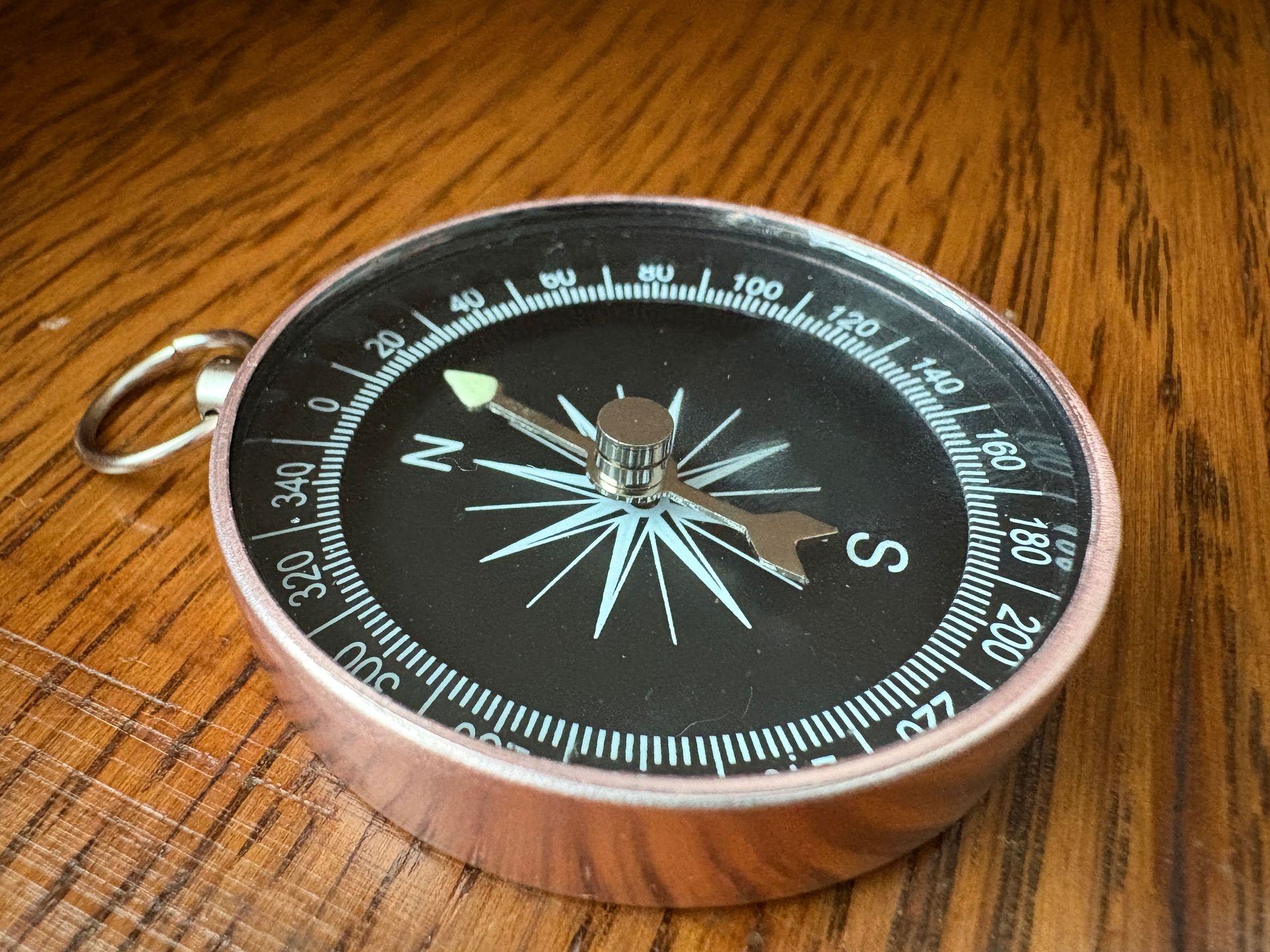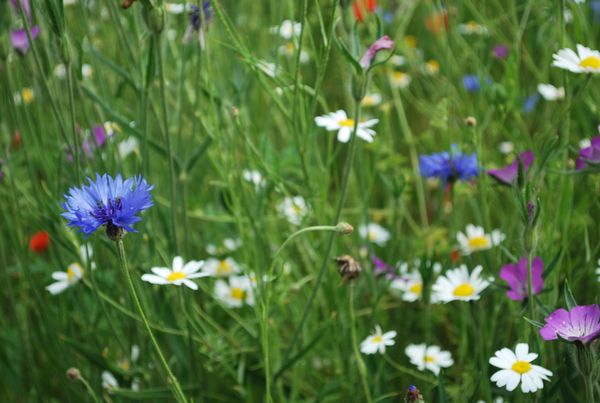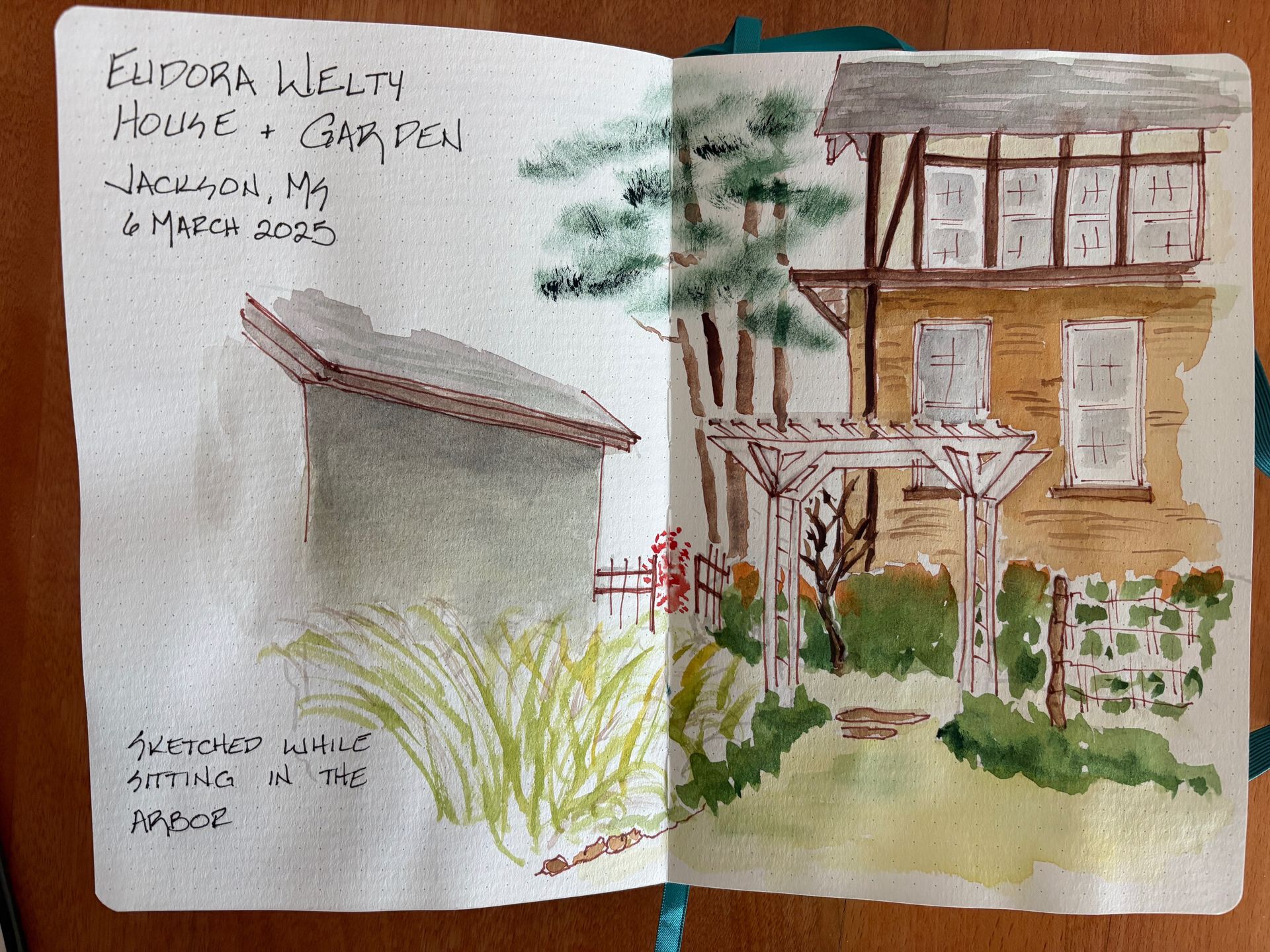By Connie Cottingham
•
September 22, 2025
September 22 is the Autumn Equinox — a day when the sun rises due east and sets due west. For gardeners, this isn’t just trivia: it explains why our plants thrive (or struggle) as the seasons shift. This is a science, with a series of calculations and variables that explain everything. I don’t think that level of detail is important here, so I am going to explain this short, sweet, and simplistic. If you are super Type A or demand precision, you may want to stop reading now before I frustrate you. Honestly, my parents’ birthdays are within a day of the equinoxes (Happy Birthday Mom!), so that is how I remember them. I turn to a computer for a precise date when I need it. The date hovers a bit, because a year is 365.2422 days, with leap years that almost correct that. So the fall equinox is September 22-23 and the spring equinox is March 20-21. On an equinox, everyone on the planet enjoys 12 hours between sunrise, which is due east, and sunset, which is due west. The sun pretty much treats us all equally on an equinox. Because the Earth’s axis is tilted 23.5 degrees, in summer the sunrise and sunset move further north. The amount of daylight changes, varying with how far you live from the equator. Is this true in both hemispheres? Yes, but keep in mind that December holiday parties in Australia happen on their long summer days, maybe on the beach. One year I was in England during the summer solstice in late June, when the sun seems to be as far north as it travels. The sun was up before 5 a.m. In summer, London has about 17 hours of daylight. Miami, closer to the equator, gets about 14 hours of sun in late June. Things change in winter, when Miami may have 10-1/2 hours of sunlight while London has less than 8 (sunset before 4 p.m. – yikes!) So what does all this mean to a gardener? If you are not certain where due east and west are in your garden, observe the sunrise and sunset on September 22. In the Northern Hemisphere, days are getting shorter at a rapid pace, until winter solstice on December 21, when the sun will rise furthest southeast and set furthest southwest. At this time, the midday sun will be lowest in the sky. This is why our homes’ eaves are designed as they are, to provide shade from a higher summer midday sun while letting warming winter light into our windows. In the winter, our north walls get no direct sun, so it is easy to think North=Cold. Wrong. In the summer the sunset is northwest, so the hottest part of the day has sun shining on my north walls. I have hydrangeas against my north wall, but July-August I need to make sure they are well watered to handle the baking sun. When you plant a tree, realize that shade patterns change with the seasons. One time I emerged from a camping tent after a morning frost. The tents under evergreen pines that created a warming effect had no frost, while more exposed tents had a layer of frost on them. Deciduous trees provide little protection in winter, but cooling shade in summer. And that is just how a tree canopy can create a microclimate. Now mix in winds and planting zones and architectural details and a million other things and you realize that getting to know your garden will take at least one full year. You can see that as challenge/delay or as discovery/wonder. This is one reason all gardeners kill plants. It is part of the discovery. I’m sorry if it feels like your head will explode. Having a garden means you will grow with it, always learning. Step 1 is easy: Take a few minutes to walk outside and figure out where N-S-E-W are tomorrow. According to studies, less than half the population can point north from their home.






